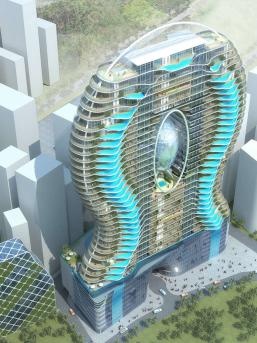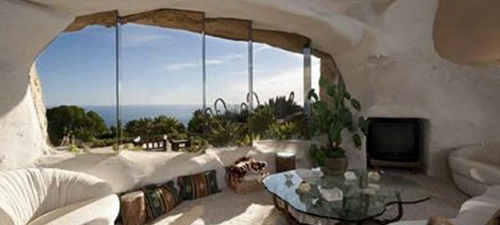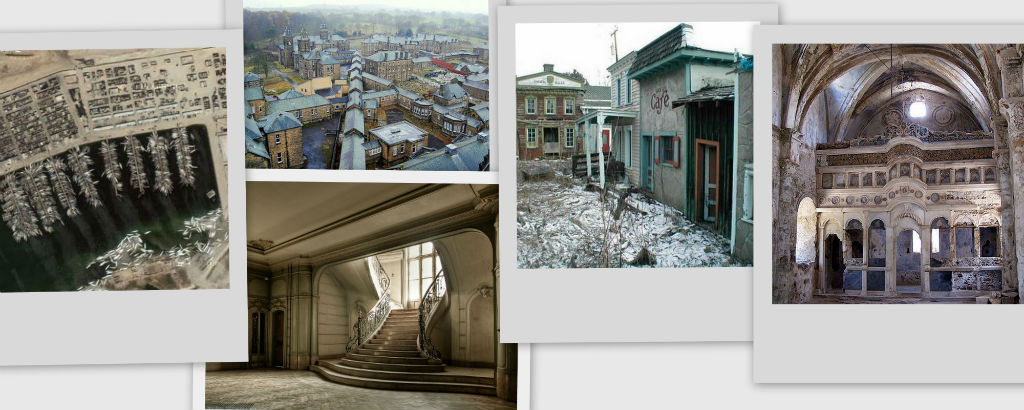This is the first installment of what I hope will become a regular feature about obscure (yet fascinating and useful) books that most people don’t really know much about.
ARCHITECTURAL GRAPHICS STANDARDS (John Wiley & Sons)
Okay, if you’re an architect, you know all about AGS and have a copy of one of the ten earlier editions of this book within reach of your desk. But based on my admittedly anecdotal surveys hardly anyone else seems to know anything about it: maybe it’s that the title is so dry. Plus, the latest edition will set you back $250, which — I can hear you thinking – better buy a whole lot of book.
Well, it does.
More realistically, you can get a used copy for as little as $50 if you’re willing to settle for a slightly dog-eared older edition, but since the volume’s heart essentially took final shape many decades ago it would be worth it at twice the price IMHO. Architects, architectural firms, and other professionals who need to stay up to date with the most recent edition will write it off as a business expense. The result for the rest of us is a steady supply of slightly outdated editions — but “outdated” is in the eye of the beholder.
Even if you’re completely broke, do yourself a favor and at least find it in the big library downtown (there are more than 20 in the New York Public Library collection, not to mention every architectural-school library anywhere). I guarantee you’ll still be there flipping from page to page an hour later; it really is that cool.
Have you ever wondered what the standard height of a tabletop should be – and how about the chairs? How steep is too steep for a staircase? AGS not only has the answers but quite literally draws you a picture. If you ever wondered how to build a stone fence using repurposed slate flooring tiles, AGS will show you; if you’re looking for door or window styles, AGS takes a systematic approach to the subject. It’s so comprehensive it blows your mind.
If you’re the sort of person who loved browsing the encyclopedia as a child, you’ll find this a book you’ll return to again and again. If you’re thinking about buying or building a home, this book can answer just about any question as to the pros and cons of different materials, designs, and construction considerations. And if you’re an armchair architect however casual, you’ll find that this book rewards its price many times over in sheer daydreaming bliss.
Architectural Graphic Standards
There’s a companion volume for landscape architecture:
Read Wikipedia’s page on Edward Tufte, this guy is a modern-day Marshall McLuhan if you ask me. Better yet, visit his website and make up your mind for yourself.
To swipe almost wholesale the words of Graphics Press’s own catalog description (both because I am lazy and because it is true):
The classic on statistical graphics, charts, tables.
Theory and practice in the design of data graphics
- 250 illustrations of the best (and a few of the worst) statistical graphics
- Detailed analysis of how to display data for precise, effective, quick assimilation.
- Techniques for editing and improving graphics.
- A fundamental yardstick: the data-ink ratio.
- How to identify deceptive graphical representations
- Spotting sources and tell-tale signs of deception
- Design variation vs. data variation
- Aesthetics and effective graphical displays.
This is the second edition of The Visual Display of Quantitative Information. and provides excellent color reproductions of the many graphics of William Playfair, adds color to other images, and includes all the emendations accumulated during 17 printings of the first edition.
Tufte self-published this amazing book about thirty years ago, and advertised it in The New Yorker; I used to see the blurbs and yearn for it. Eventually when I was feeling flush I bought it and it was everything I hoped it would be. Scientific American calls The Visual Display … “original, beautifully presented, sharp and learned, this book is a work of art. The art here is cognitive art, the graphic display of relations and empirical data.” They’re spot on.
Like the AGS also discussed here for architectural professionals, this book won’t be a revelation to quants and graph-makers – it’s a foundation text in its field. Tufte’s formulation of “the data-ink ratio” has entered the professional lexicon as an encapsulation of graphic elegance and efficiency, with the goal of conveying the maximum meaning using the simplest of possible designs (the “least ink”).
But for ordinary readers with a taste for bushwhacking the wilderness of books out there, this is a wonderful side trip that will inform you as well as fascinate you with the many ways we’ve developed to acquire new perspectives and visualizations of what we know already, what we propose, and what we predict.
Top image Flickr.






